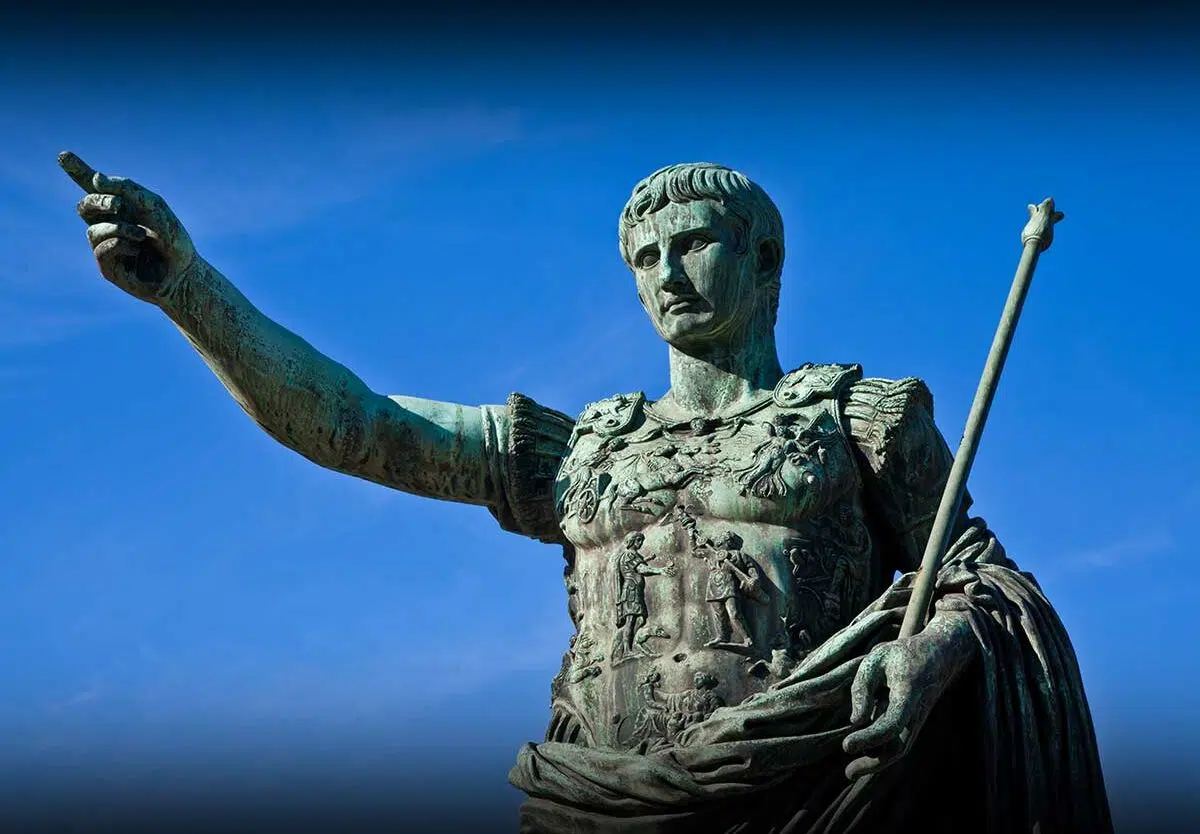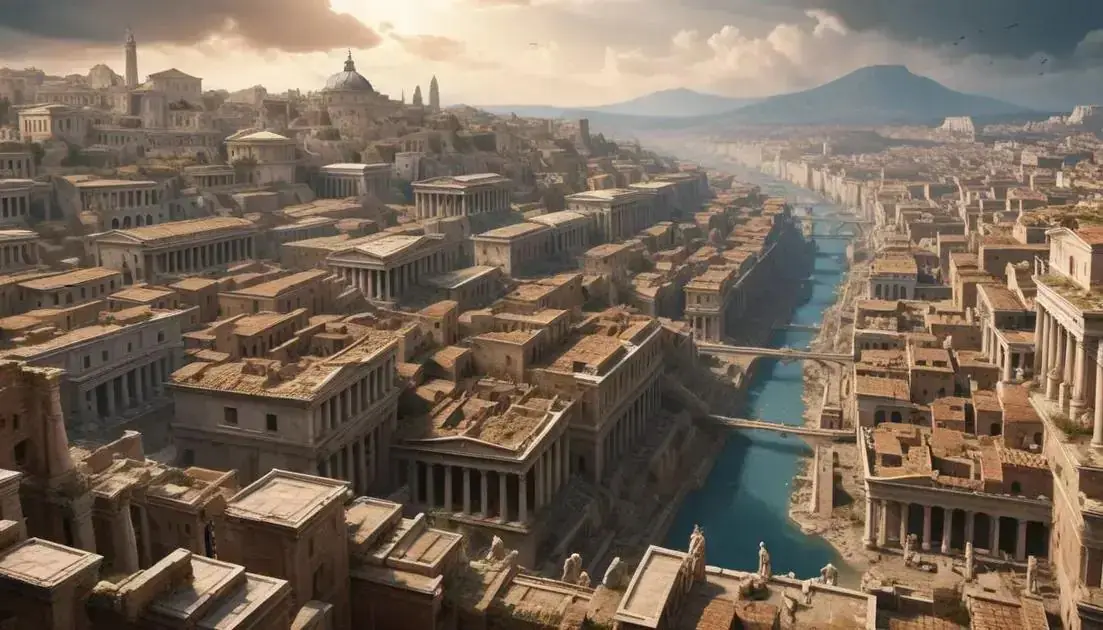
The History of the Fall of the Roman Republic and the Rise of Julius Caesar
The Roman Republic, a beacon of republican ideals for centuries, crumbled in the 1st century BC, succumbing to internal strife, economic turmoil, and the ambition of a single, charismatic figure: Julius Caesar. This essay will delve into the complex interplay of factors leading to the Republic’s demise, exploring the societal, political, and military landscape that allowed Caesar’s rise to power and ultimately, his tragic assassination, marking the definitive end of the Republic and the dawn of the Roman Empire.
The Crumbling Foundations of the Republic: A Society in Crisis
The Roman Republic, built on the principles of civic virtue and a carefully balanced system of power, was inherently unstable. While initially successful, its inherent flaws, exacerbated by external pressures and internal corruption, paved the way for its collapse. The late Republic was a period of profound social and political instability characterized by several interconnected crises:
Political Polarization and Violence: The Senate, once a respected body of elders guiding the state, became increasingly fractured along factional lines. The optimates, representing the conservative aristocracy, clung to traditional power structures and resisted reform. Their rivals, the populares, championed the rights of the common people and advocated for land redistribution and debt relief. This constant struggle for power fueled bitter rivalries, leading to political assassinations and open violence in the streets of Rome. The assassination of the Gracchi brothers, Tiberius and Gaius, in the 2nd century BC, served as an early warning sign of the volatile political climate. These assassinations highlighted the vulnerability of reformers and the willingness of the powerful to resort to violence to maintain their grip on power. The instability continued escalating, with senators regularly resorting to intimidation and assassination to eliminate political opponents.
Economic Inequality and Social Unrest: Centuries of conquest had enriched Rome’s elite, creating a vast gulf between the wealthy and the impoverished. The concentration of land ownership in the hands of a few left countless landless farmers and urban poor desperate for work and sustenance. This economic disparity fueled social unrest, with frequent riots and protests challenging the established order. The lack of economic opportunity and the disparity of wealth created fertile ground for demagogues who promised solutions and exploited the discontent of the populace. The existing system offered little in the way of social mobility, trapping individuals in their socioeconomic circumstances. This stark disparity was a key contributing factor to the Republic’s decline and the rise of popular leaders who sought to address these inequalities, often through forceful means.
Military Overreach and the Rise of Powerful Generals: The Republic’s expansion through centuries of conquest created a powerful military machine. However, this military strength was also a source of instability. Generals, commanding loyal legions, amassed considerable power and influence, often exceeding that of civilian authorities. The generals developed considerable political capital through military success and developed strong bonds of loyalty with their troops, thus allowing them to leverage their influence and support for their own political gain. They could often circumvent the political processes of Rome by relying on their military backing to gain power, directly undermining the legitimacy of the Senate. This reliance on the military to settle political disputes led to increasing violence and the erosion of civilian control over the army. The army frequently interfered in the political affairs of Rome, a sign that the traditional system of governance was weakening.
Weakening of Republican Institutions: The Republic’s complex system of checks and balances, designed to prevent the concentration of power, proved increasingly ineffective. The Senate, riddled with corruption and factionalism, was unable to provide decisive leadership. The system became overly complex and inefficient, leading to corruption and political gridlock. This dysfunction meant that the government struggled to respond effectively to the crises facing Rome. As the system faltered, powerful individuals could more easily manipulate the existing framework to their own advantage, further undermining the very structures intended to sustain the Republic.
The Rise of Julius Caesar: From Ambitious Patrician to Master of Rome
Gaius Julius Caesar, born into a prominent Roman family, possessed an exceptional combination of political acumen, military genius, and charismatic leadership that enabled him to exploit the Republic’s weaknesses and rise to supreme power. His trajectory to dominance was carefully planned, employing a mixture of military prowess and calculated political maneuvering.
Early Career and Military Success: Caesar’s early political career was marked by ambition and calculated risks. He cultivated alliances with powerful figures, and his talent for public speaking and captivating rhetoric soon attracted a devoted following among both the aristocracy and the common people. His military successes in Gaul significantly boosted his reputation and popularity across the Republic. His conquests, although profitable, also raised concerns within the Senate about his growing influence and power. His military campaigns provided him with the resources, experience, and loyalty from his troops that he would later need to challenge the established order.
Political Maneuvering and the First Triumvirate: Caesar skillfully navigated Rome’s complex political landscape, forming alliances with powerful figures such as Pompey and Crassus, forming the First Triumvirate, an informal political coalition that dominated Roman politics for several years. This alliance allowed him to gain access to power and influence, providing him with a valuable base of support against opposition. This alliance allowed Caesar to effectively neutralise his opponents and consolidate his power.
The Conquest of Gaul and its Significance: Caesar’s conquest of Gaul (modern-day France and parts of Belgium, Switzerland, and Germany) from 58 to 50 BC was a military masterclass. His victories not only expanded Roman territory and enriched his coffers but also cemented his reputation as a brilliant general and a national hero. This conquest significantly increased his army’s strength, providing him with a large and loyal force to assert his ambitions in Rome. This provided him with legitimacy and popular support.
The Crossing of the Rubicon and the Civil War: The Roman Senate, alarmed by Caesar’s power and ambition, ordered him to disband his army. In a fateful decision in 49 BC, Caesar defied the Senate, leading his legions across the Rubicon River, a symbolic act that launched a devastating civil war. This audacious move demonstrated his determination and disregard for established authority. The crossing marked the commencement of a civil war and signaled the unraveling of the Republic, culminating in the eventual annihilation of the Senate’s authority and its inability to effectively govern. This event marked a point of no return, setting the stage for a protracted struggle for control of Rome.
Military Victories and the Consolidation of Power: Caesar’s military prowess proved decisive during the civil war. He defeated Pompey at Pharsalus in 48 BC, effectively eliminating the main opposition to his rule. Further victories solidified his position as the undisputed master of Rome. After the defeat of Pompey, Caesar’s consolidation of power involved both political strategies and military force. He ensured that the surviving members of his opposition were effectively neutralized and his opponents were given a degree of amnesty.
The Dictatorship and the Seeds of Assassination:
Following his victory in the civil war, Caesar was appointed dictator for life, a position that granted him absolute authority. While he implemented several reforms aimed at improving the lives of ordinary Romans, his actions also aroused deep resentment and fear among the Senate’s remnants. Many feared his growing autocratic tendencies and the potential threat to the traditional values and principles of the Republic. His reforms were far-reaching, aiming at improving the lives of the populace, but they were also seen by many as a consolidation of his power and a disregard for Republican norms.
The seeds of Caesar’s assassination were sown in his concentration of power and autocratic tendencies. The appointment as dictator for life was a particularly significant event, causing widespread concern and fear among the senators who remained wary of his ambition. The senators who plotted Caesar’s assassination were motivated by their belief that he was becoming too powerful, usurping the traditional power structures of the Republic and potentially leading to the end of the Republic.
The Assassination and its Aftermath:
On the Ides of March (March 15), 44 BC, Julius Caesar was assassinated by a group of senators, including Brutus and Cassius, who believed they were saving the Republic from tyranny. This act, while intended to restore the Republic, had the opposite effect. The assassination plunged Rome into further chaos and civil war. The death of Caesar ushered in the era of the Roman Empire. It also demonstrated the instability of the Republic, leaving it vulnerable and ripe for transition to imperial rule.
The assassination, rather than restoring the Republic, ushered in a period of further chaos and instability. Caesar’s death created a power vacuum which fueled a new round of power struggles. The Republic had lost its legitimacy and its ability to govern. Octavian, Caesar’s adopted son, ultimately emerged victorious in the subsequent power struggles, becoming the first Roman emperor, Augustus, and establishing the Roman Empire. The assassination of Caesar was a pivotal moment that marked the transition from the Republic to the Empire. Despite the initial hopes of restoring the Republic, the assassination only intensified the political instability and conflict.
Conclusion: The Legacy of Caesar and the Fall of the Republic
The fall of the Roman Republic was a complex process, driven by a combination of internal weaknesses and the ambition of powerful individuals. Julius Caesar, a brilliant military leader and astute politician, capitalized on the Republic’s vulnerabilities, rising to become its master and, ultimately, its destroyer. While his reforms aimed to address the Republic’s deep-seated problems, his autocratic rule ignited the flames of opposition, culminating in his assassination. This act, intended to preserve the Republic, paradoxically sealed its fate, paving the way for the rise of the Roman Empire under Caesar’s successor, Octavian. Caesar’s legacy remains a subject of intense debate—a brilliant general and reformer or a power-hungry tyrant—but his role in the demise of the Republic and the birth of the Empire is undeniable. His story serves as a cautionary tale of the dangers of unchecked ambition and the fragility of even the most powerful republics. The study of the fall of the Roman Republic and the rise of Caesar continues to offer valuable lessons for understanding the complexities of power, leadership, and the potential for both progress and destruction within political systems. The Republic’s fall highlighted the inherent tensions between ambition, political stability, and the ideals of republican governance. Caesar’s story is one of ambition, military genius, and ultimate tragedy, a powerful reminder of the ephemeral nature of power and the enduring consequences of political choices. His legacy, deeply intertwined with the demise of the Republic, remains a compelling and cautionary narrative for history.


